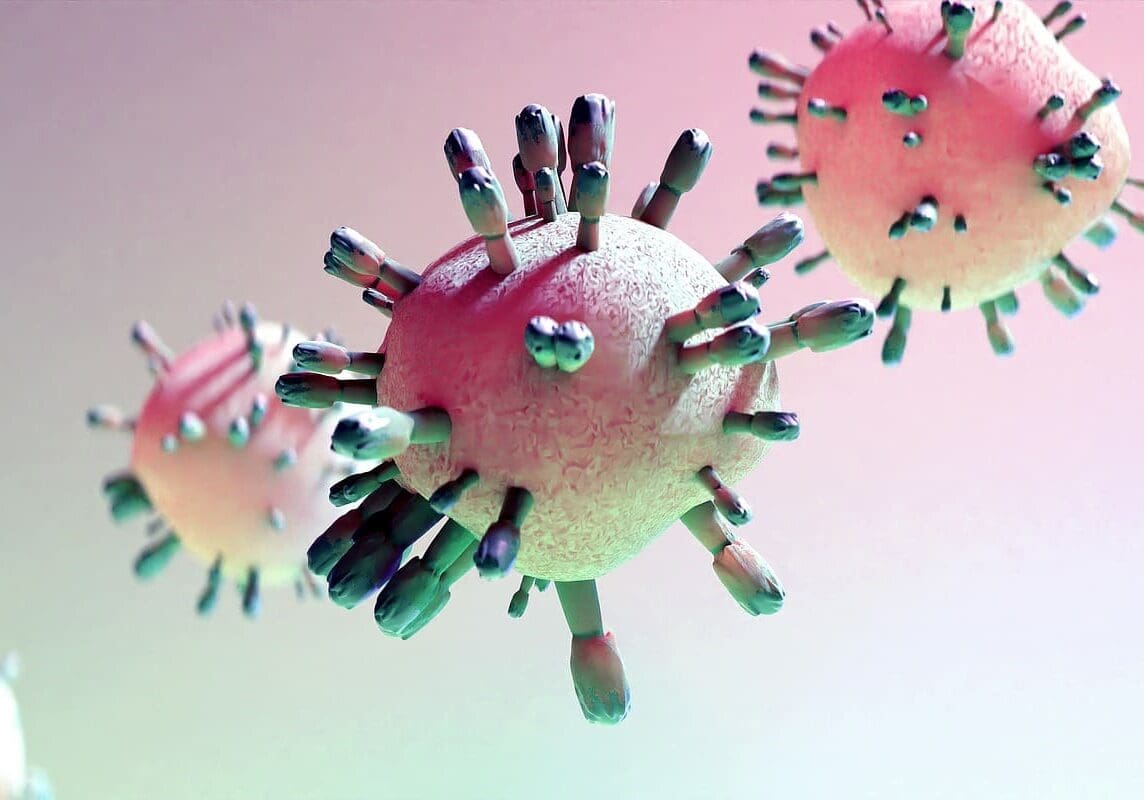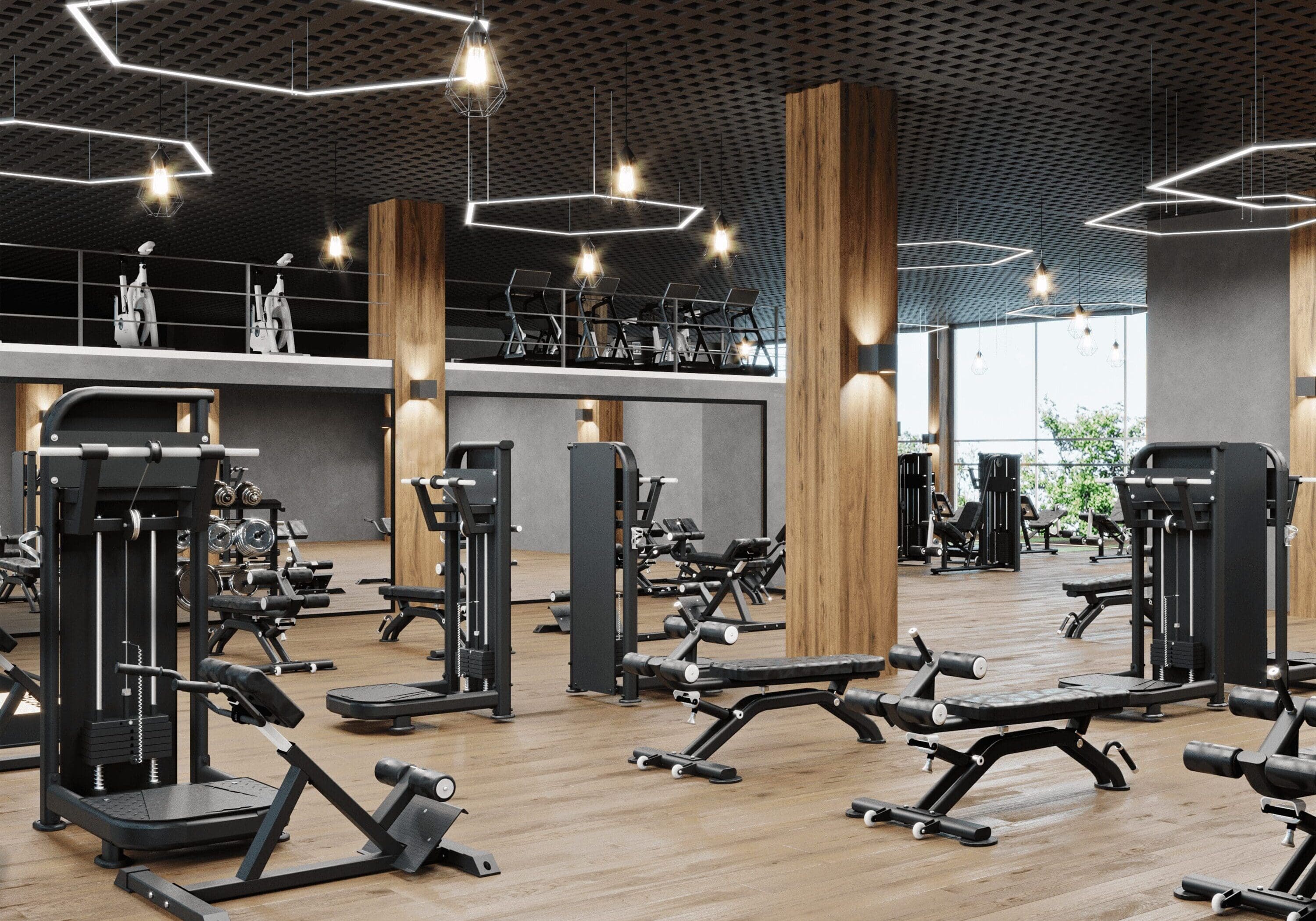The luxury Arenal Manoa Resort Hotel & Hot Springs in Costa Rica, secluded deep in the rainforest at the base of a volcano, constantly strives to deliver the best possible guest experience. Its prized 4-star restaurant lies at the heart of that effort.
The resort wanted to further improve the freshness and quality of their food products in their walk-in cold storage room. There was significant food waste for a facility that prioritizes the natural environment. The resort’s remote location also makes it challenging to replace the wasted food, and this affected their ability to consistently provide a diverse selection of fresh food for their guests.
The hotel focused on improving the outcome of cold storage. While low temperatures were slowing microbial growth, they were not killing microorganisms, so growth persisted. The hotel installed a wall mounted EPIC iO AURA unit inside the cold storage room and scheduled it to run every night for four hours.
The gently disinfecting air destroyed bacteria, fungi, and viruses that cause food spoilage and safety issues. Key microbial targets included:
EPIC iO AURA primarily targeted the food surfaces and the inanimate surfaces in the room. This includes the containers, shelves, floor, walls, ceiling, and high-touch surfaces such as light switches and door handles. The cooling system, including the air-ducts and the cooling coils, were also sanitized.
After three days, the Executive Chef started noticing differences. The lettuce remained crisper, the cilantro looked fresher, and the parsley was not flaccid. After day five, changes were visible in the improved shelf lives of the stored cheeses and soft fruits.


Lab Analysis
For the hotel, EPIC iO AURA precisely maintains a low and slow ozone concentration over four hours (see chart below). Aiming for a concentration of two parts per million (PPM), it averaged 2.01 over a seven-day period, with an accuracy of 0.5%.
Short Half-Life
The decay rate of the ozone at the end of each cycle was startlingly rapid, with an average half-life of 2.5 minutes instead of the usual 20-30 minutes in an empty, sanitized, cold storage room. Evidently, there was significant content for the ozone to interact with. Since the produce did not deteriorate visibly or nutritionally during the process, it is assumed that the high density of microbial content was the root cause.
Temperature Monitoring
EPIC iO AURA continuously monitors the temperature of the air as it passes through the unit. The chart below shows that the temperature, averaged over two-hour intervals, remained between 35°F and 40°F. The FDA specifies that any food product that is kept about 40°F for greater than two hours should be discarded. The food was well kept within this limit, and this information, stored in DeepInsights™, is a permanent and reliable record of events.
Refrigerators Don't Kill Microorganisms, EPIC iO Aura Does
Low temperatures only slow down the growth of microorganisms already on the food. But to reduce their counts, one must disinfect the environment. EPIC iO AURA does so using mild concentrations of ozone over long periods. Ozone has been approved for direct use on food since 2002.
Spoilage
Food doesn’t decay because of age; it decays because microorganisms feed off it. This is why food preservation techniques such as heating, salting, drying, acid, and vacuum sealing are so prevalent. But fresh produce cannot be protected once in a refrigerator and cannot be treated with wet disinfectants. This is why the dry disinfection method of EPIC iO AURA can help to effectively reduce 30 50% of food wasted in the US each year.
Food Safety
People cannot detect food safety pathogens. Unlike moldy bread or rancid milk, a bean sprout could be full of E. coli, and the consumer would never know. Some pathogens can infect in tiny numbers, known as the infectious dose. Norovirus, for example, only needs 10-100 virus particles to infect someone. The3 average floor hosts about two million bacteria per square inch.
"The spoiled food we used to discard was unsustainable and costly. By treating the cold storage rooms every night we have improved the freshness and quality of our refrigerated food products, reducing waste and logistical expenses.”
- Alexander Cedeńo, General Manager








